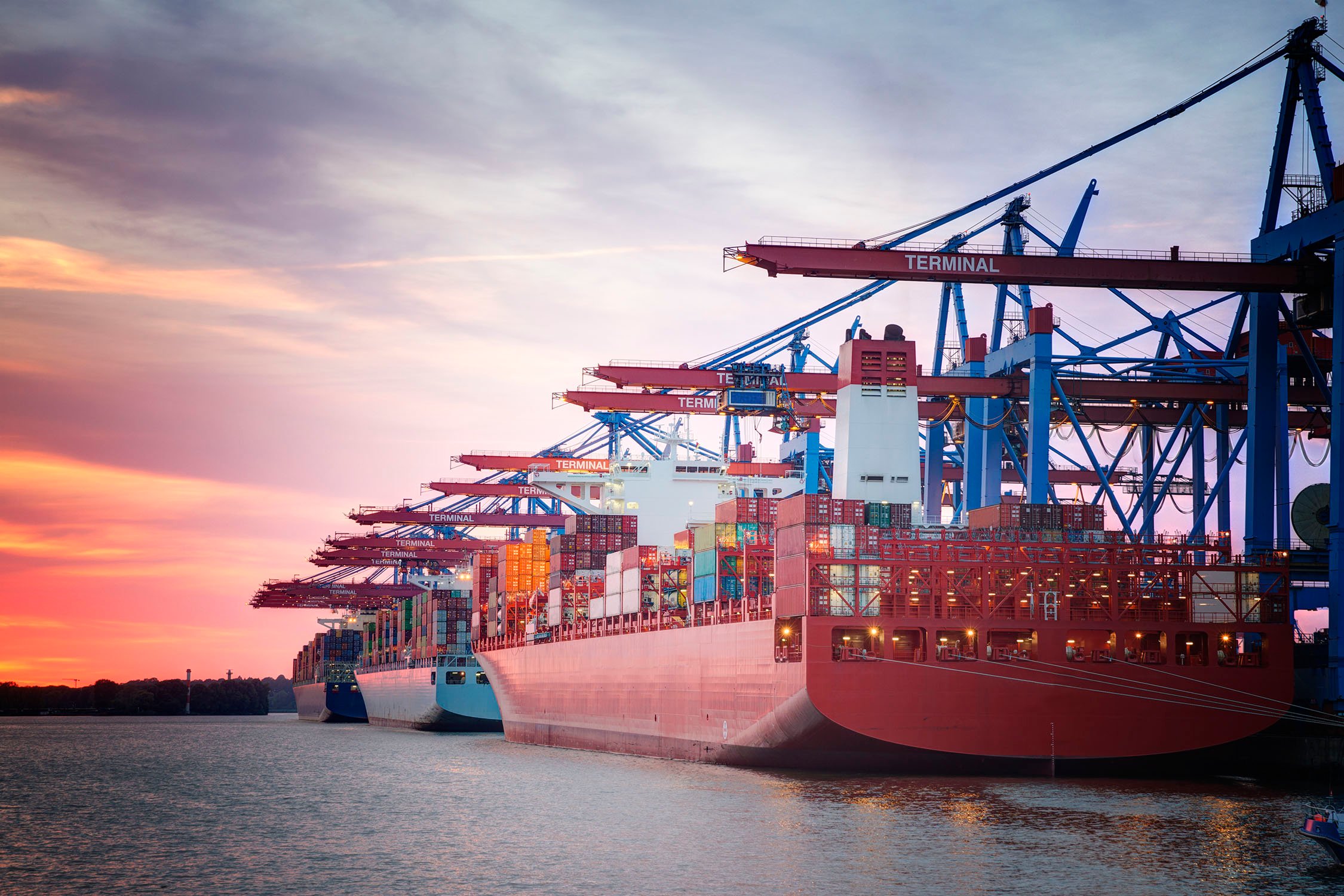Imports of products in carbon-intensive industries outside the EU will soon be regulated by the Carbon Border Adjustment Mechanism On 13 December 2022, a provisional agreement has been reached between the EU Council and the European Parliament on the Carbon Border Adjustment Mechanism (“CBAM”). This mechanism will be set up to align the price of carbon for EU products covered by the EU Emission Trading Scheme (“ETS”) with the price of carbon for imported goods…
